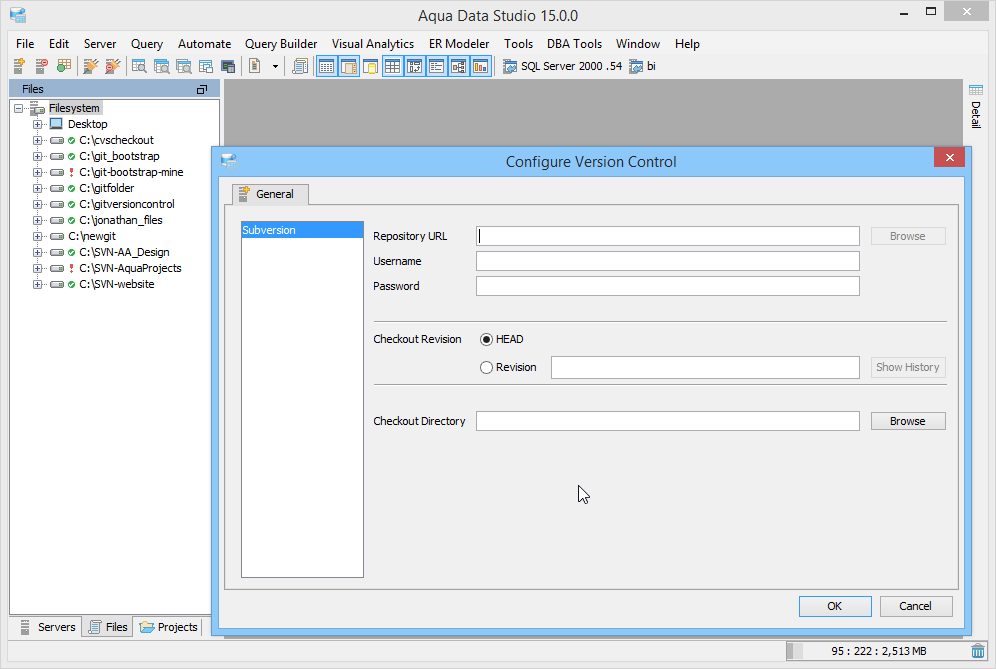

You're much more affected by your client version than your server version. The newer features of 1.8 will improve performance of your working copy, but the server being at revision 1.8 isn't necessary. There are two core components of SVN they are as follows: SVN server SVN client These components can. Of all the features, only one depends upon the version of the server being 1.5 or greater (and 1.4 has been obsolete for quite a while. Then verify the installation using: git -version. Cornerstone 4 is the only MacOS SVN client with Shelving and Checkpointing. Nice features, but these work no matter what version of the client you're using. If upgrading from a previous version of Cornerstone, you will need to manually copy Cornerstone 4.2 to your Applications folder to update.
#SVN CLIENT VERSION HOW TO#
See inline help for more information about how to use it.
#SVN CLIENT VERSION UPDATE#
However, this is something that the client handles and doesn't really affect the server version. Updating an existing installation If you have a previous version of the CollabNet Subversion client RPM installed, update to the new version by running this command: sudo rpm -Uvh /path/to/client. svn move is now a first class operation: Subversion finally understands the svn move is not a svn copy and svn delete.

Let's take the latest changes in Subversion 1.8: Merge tracking had been greatly improved in version 1.6, but that doesn't really affect the interactions between the client and server. The last release where the server version really made a difference to the client was the change from release 1.4 to release 1.5 when merge tracking was added.

Subversion clients is were much of the grunt work is handled, and most versions of the Subversion clients can work with almost any version of the server. However, this may not be as big a problem as you may think. With -quiet (-q) it prints only the version number in a compact form. There really isn't an easy way to find out what version of Subversion your server is running - except to get onto the server and see for yourself. This information includes not only the version number of the client, but also a listing of all repository access modules that the client can use to access a Subversion repository.


 0 kommentar(er)
0 kommentar(er)
